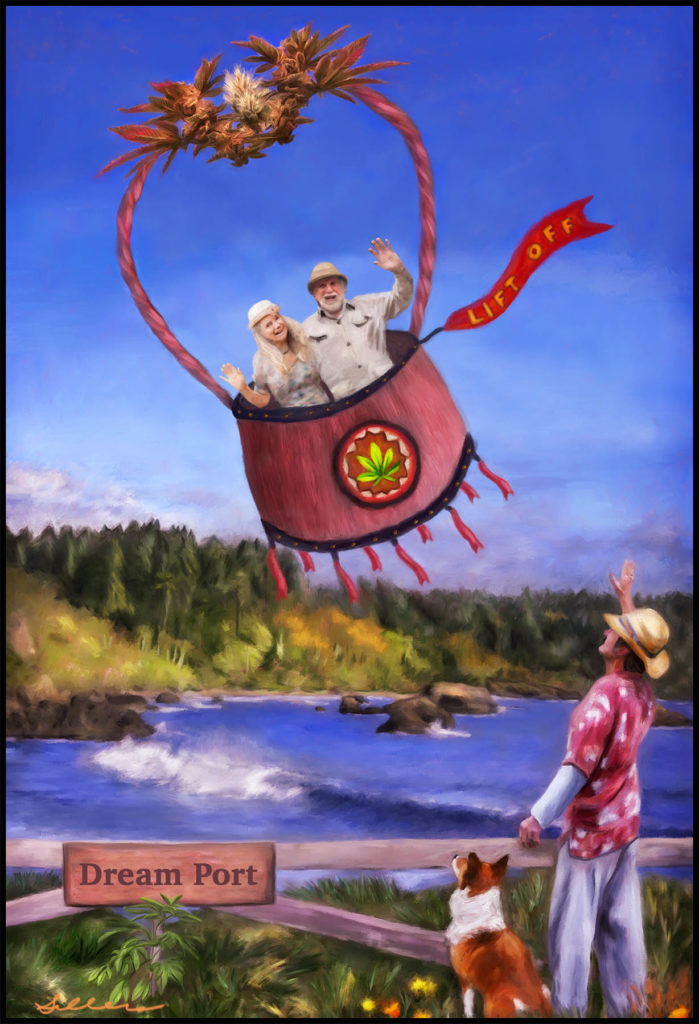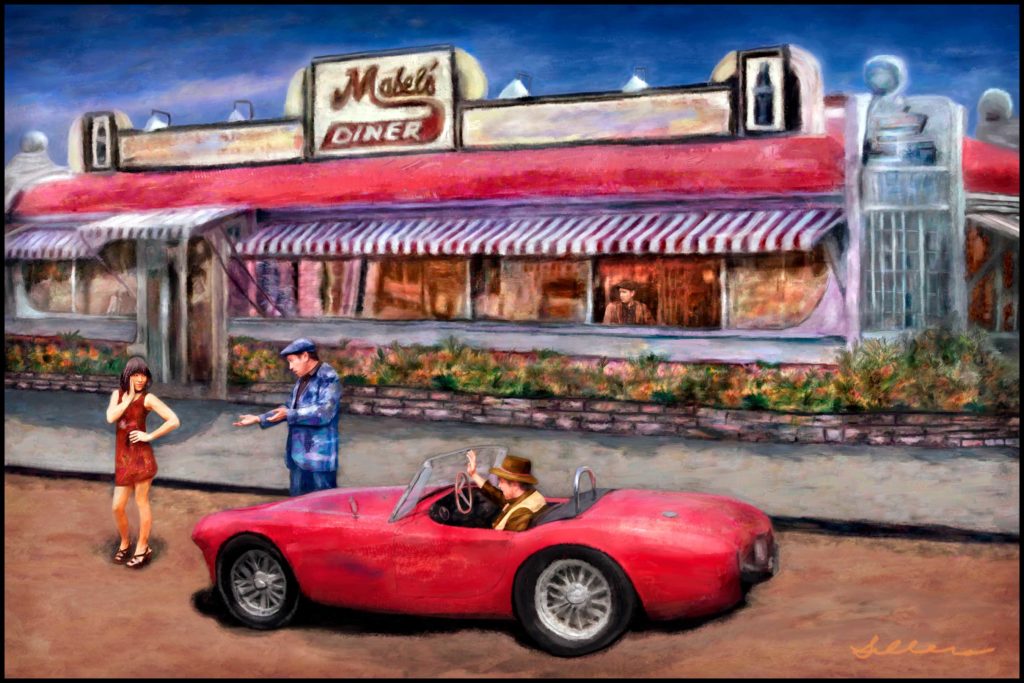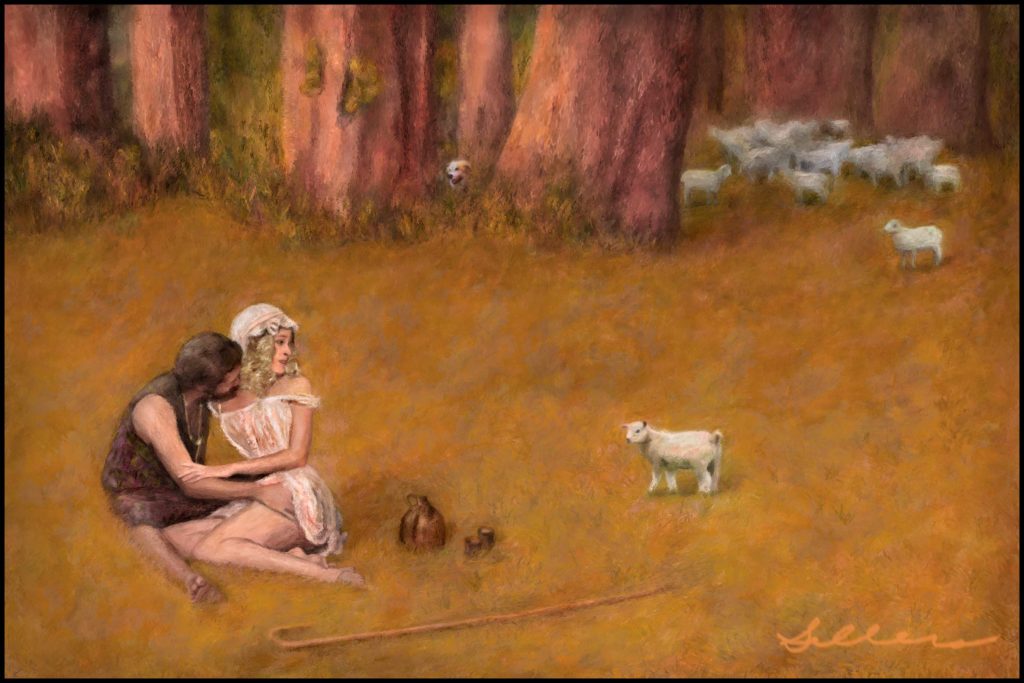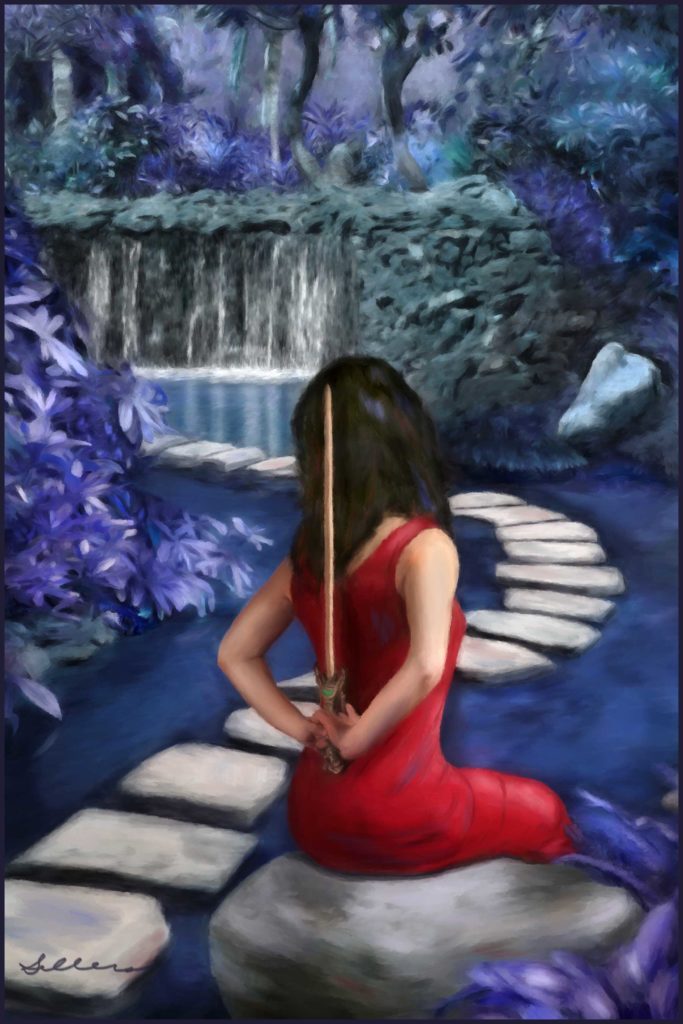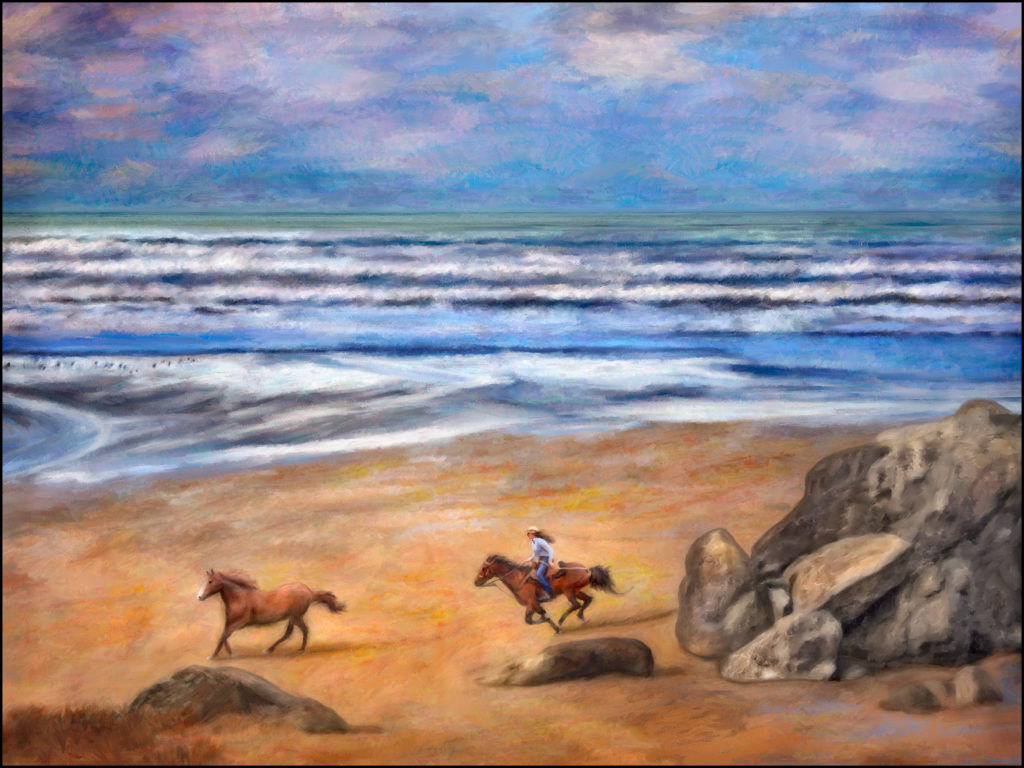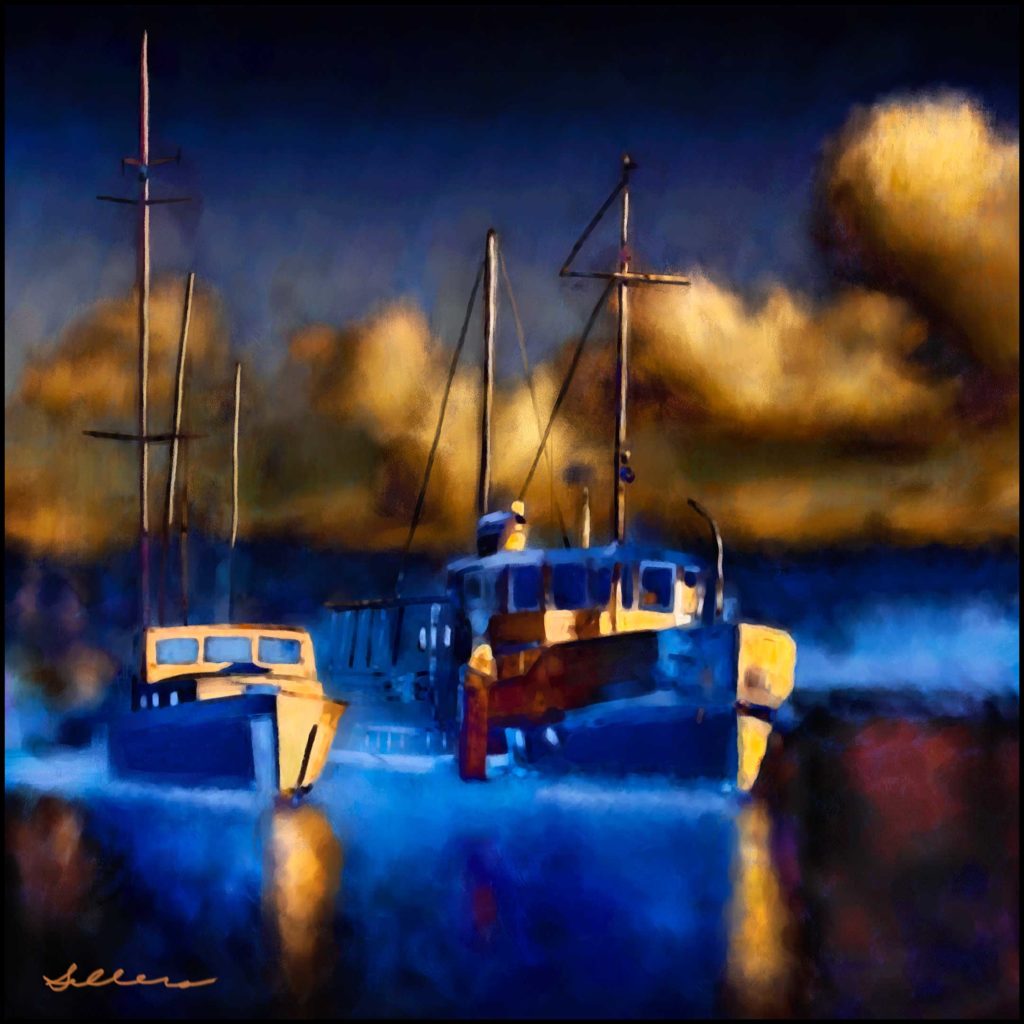 Dreaming Of Boats by Bob and Donna Sellers
Dreaming Of Boats by Bob and Donna Sellers
Using art to shift your focus and create stories: Allow your eyes to softly focus on Dreaming Of Boats as you begin your journey. Imagine you are entering the art and allow the boats to take you to a creative space, letting go of your everyday self. Continue focusing on the art for awhile and observe what comes up.
What influenced me to become a visual artist? By Bob Sellers
During my career as a psychotherapist, my most meaningful work from which I learned the most about process and about myself, was as Director of Metaphoric Psychodrama that I did for years with Counselor Interns. I discovered that to understand what was missing in a person’s life, I had to get into a zone with a particular type of focus, where no effort was required.
Group members would come in to do something entirely different without any preplanning. Something out of time was created. I would hear the definition of their plot, their story, and I would figure out why it wasn’t working the way they wanted it to. As I, the maker of the movie or the director, heard their definition of the plot, I would discover the flaw in their story which they misunderstood. Their perception was damaged by someone else’s ideas, not their own (someone else’s map of reality). They actually had within themselves what they needed to discover or perceive about the problem and what they needed to change in order to re-perceive it. They did not realize this and, therefore, felt stuck.
What they needed was an enlargement of their story. In the beginning of this work, I would know what to do but not the why. Later I learned that what I was doing is creating a story that was a parallel metaphor to their own story. The “why” does it work, was interesting to me. The art we have done has helped me understand the why. Because the art contained archetypal characters, I began creating archetypal stories stimulated by the art. I have always had an imagination that is in touch with archetypal characters.
As the director of the psychodrama, I would listen to their story. Then I asked myself “Why is the story a problem? What is missing? I realized that they misunderstand the story they had created in their life.
The traditional psychologist looks at a person’s history in order to re-understand it. The way I would work, called their history to the surface to create fictional outcomes. This approach plays at the unconscious level. Ego is out of the way. Defensiveness, etc, is out of the way. Moments of creativity occur based upon some evolution of a story, a metaphoric re-perceiving of the story.
So many purposely misunderstand themselves (denial). The metaphor helps them to get by the little guard at the gate that keeps them misunderstanding themselves.
Later, after retiring from the role of Therapist, I wanted to try something new, to discover new ways of exploring my creativity while drawing upon my background as a psycho-dramatist. My co-creative partner and I wanted to see the effect of using archetypal characters and stories using a visual medium, an entirely new medium for us. We feel our art images can assist individuals who perceive themselves as a character in the art image, to enlarge their identity and expose different parts of themselves, perhaps hidden parts. Through a process of writing a fictional story or role-playing a character in an art story, a person may enlarge one’s identity in everyday reality as long as the characters you play are not you in any conscious way. This is the way you get around the little guard at the gate reminding you of the feared dangers ahead. The pain of stepping out of denial and actually feeling and becoming conscious of what is beneath the surface. When you have your story go far away from your own reality, you are freer to invent alternative options for yourself.
 We are excited about beginning this blog and creating an interaction about self-discovery and creative writing. Feel free to share whatever your story or impression may be about either our art or any of the characters or chapters in An Absence of Normal. Please share your story with us.
We are excited about beginning this blog and creating an interaction about self-discovery and creative writing. Feel free to share whatever your story or impression may be about either our art or any of the characters or chapters in An Absence of Normal. Please share your story with us.